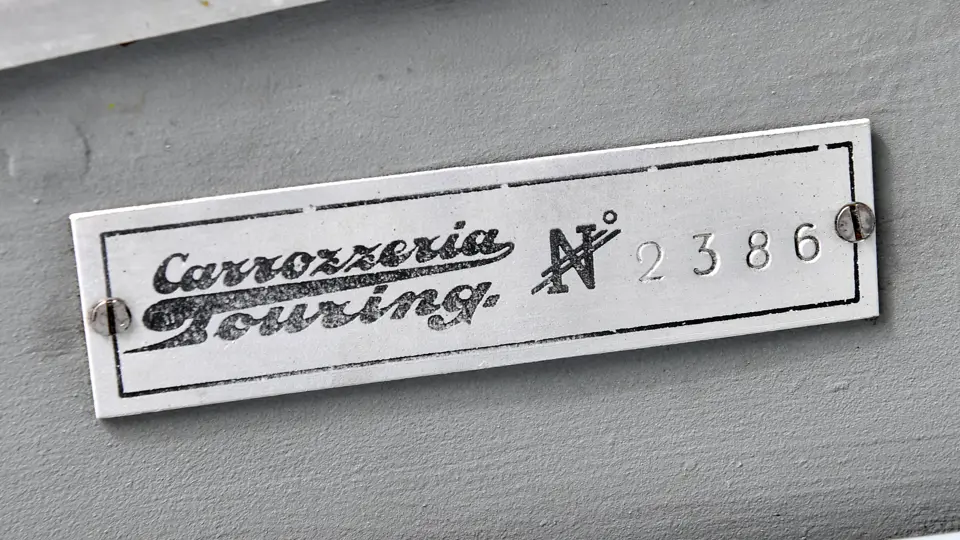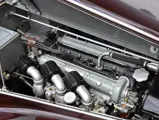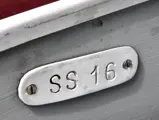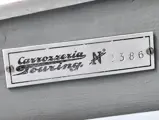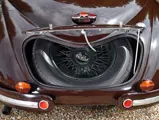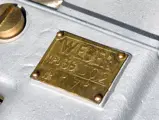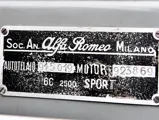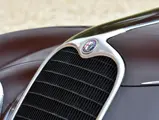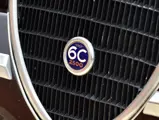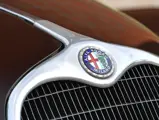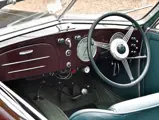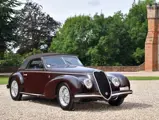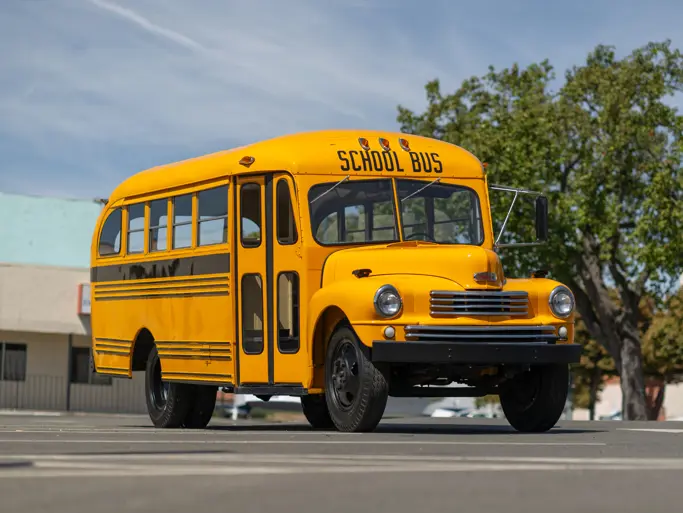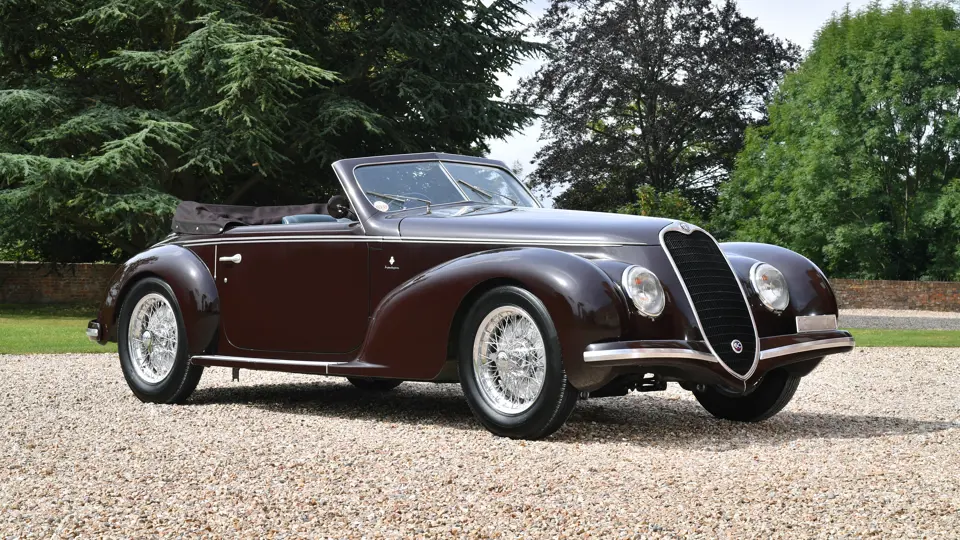
1939 Alfa Romeo 6C 2500 Sport Cabriolet by Touring
{{lr.item.text}}
£952,000 GBP | Sold
{{bidding.lot.reserveStatusFormatted}}
- Believed to be the earliest-known Touring-bodied 6C 2500 Sport cabriolet
- Certificato di Omologazione from Registro Italiano Alfa Romeo
- Listed in the Registro Internazionale Touring Superleggera
- Equipped with a 256-specification triple-carburetted engine
- Restored for noted Alfa Romeo authority Dieter Dambacher
125 bhp, 2,443 cc DOHC inline six-cylinder engine with three Weber 36 DO2 carburettors, four-speed manual transmission, front and rear independent suspension, and four-wheel hydraulic drum brakes. Wheelbase: 2,997 mm
THE GREAT 6C 2500
In the ’20s and ’30s, Alfa Romeo was equivalent to today’s Ferrari, and more, supplying not only competitive rides for the best drivers, but also a steady stream of beautifully engineered and constructed cars for privateer entrants.
When the company, which employed thousands of artisans, mechanics, and functionaries to build only a few cars, encountered the inevitable financial difficulties, it was bailed out by the state. Instead of being directed to downsize and build saleable automobiles to generate cash flow and keep those thousands employed, Italy directed Alfa to build great racing machines to demonstrate Italy’s technology and competitiveness on Europe’s racecourses. Production shrank, but the few cars that were built were the best in the world.
In a time when automobiles were exotic and often idiosyncratic creations, the products of Alfa Romeo were finely crafted works of art, elegant in conception and executed with due regard to combining function with exquisite form. Virtually every important piece was produced in house in Alfa’s fabrication shop, pattern works, foundry, and machine shop. The product of artisans, each of whom took pride in the performance, reliability, quality, execution, and appearance of his separate creation, these Alfas also reflected the overall responsibility of engineer Vittorio Jano, who continually tested, evaluated, and improved their performance until they met his high, and growing, standards.
Debuting at the 1925 Milan Auto Show, the 6C 1500 set the standard for lightweight, high-performance road cars and was followed in 1929 by the 6C 1750. The next evolution of the 6C came in 1934, and although traditional in its layout, the 6C 2300 had nearly twice the displacement of the car it succeeded. Accordingly, it was a highly competent automobile capable of providing excellent performance with multi-passenger coachwork.
In 1939, the 6C 2300 was replaced by the 6C 2500. Although the basic engine design traced its roots to the great pre-war racing machines, highly regarded automotive author and historian Griffith Borgeson characterized the 2500 as a “bridge to post-World War II production” due to the fact that production of the model lasted from 1939 through 1953, including the war years, albeit in limited numbers. This change was affected by an increase in the cylinder bore of two millimetres, as well as an improved cylinder head for better aspiration and increased compression, from 6.5:1 to 7.1:1. In the sport configuration, this translated into a respectable 95 horsepower, with performance aided by lightweight aluminium coachwork.
CHASSIS NUMBER 915.019
According to the current owner, he discovered the 6C 2500 Sport offered here in 1993 along with Fritz Zottl di Leoben, an Austrian enthusiast, who had informed him of an interesting Alfa Romeo that he had seen in Hungary. The pair journeyed to Hungary to view the car, which the owner recounts as being a long-wheelbase 6C 2500 Sport with a triple-carburetted engine, as used in the Tipo 256 competition cars, that had been converted from right- to left-hand drive. The firewall plate, number SS17, refers to the factory upgrade of the engine to this aforementioned specification.
Photographs show that the car was predominately intact and complete at the time, with the exception of some interior trim, and it had apparently been roadworthy in Budapest as late as the 1960s. Nonetheless, the current owner decided against purchasing the car, as he already owned another pre-war 6C 2500 which, in 1994, was subsequently sold to another well-known “Alfista,” Dieter Dambacher of Italy.
In disassembling the car for restoration, Mr Dambacher discovered that the car had previously been finished in grey, as well as in dark red. Mechanical restoration was completed in the Netherlands and the bodywork restored in Czechoslovakia (by skilled former Tatra craftsmen) and Italy. Over the years, the original cloth-wrapped tubular steel frame had deteriorated and electrolysis had occurred between the aluminium body and the frame; accordingly, it was necessary to reskin the car during restoration, albeit very near the original style, something which is not uncommon with Touring coachwork of this era.
In a recent telephone conversation with RM Sotheby’s, Mr Dambacher recounted his belief that this is the earliest-known 6C 2500 Sport chassis with open Touring coachwork, and that it was the 1939 show car, on the basis of its classic scudo flat radiator design. Mr Dambacher also firmly believes that the car retains its original chassis, engine, and gearbox, and notes that the “SS” tag on the firewall and the Touring body number are both the originals that the car wore when he acquired it in Hungary.
Following the completion of the restoration, the current owner acquired the restored car from Mr Dambacher. The restoration work carried out on the body in the Czech Republic was to an excellent standard, although the owner felt it could be improved and therefore had it repainted a very dark chestnut brown, with a properly fitted green leather interior and hood by Selleria. The car has since been accepted into the Registro Italiano Alfa Romeo, with a certificate verifying the same on file, as well as the Registro Internazionale Touring Superleggera. The mechanical aspects of the car were restored by various Italian specialists, with an engine by the ex-Lancia racing mechanics Aldo Zanone and Fausto.
The beautiful result has been shown successfully in Europe, including an appearance at the Concorso d’Eleganza Villa d’Este on Lake Como, where it was judged 1st in Class, and at the Concorso d’Eleganza at Villa La Malpenga.
The relatively few pre-war 6C 2500s that remain extant are fiercely desired by collectors and enthusiasts, few more so than original coachbuilt open examples. The car offered here, one of reportedly two extant Touring-bodied cabriolets from 1939, marks one of those rare opportunities. It would undoubtedly be as thrilling to drive along the shores of a mountain lake today as it was in 1939.


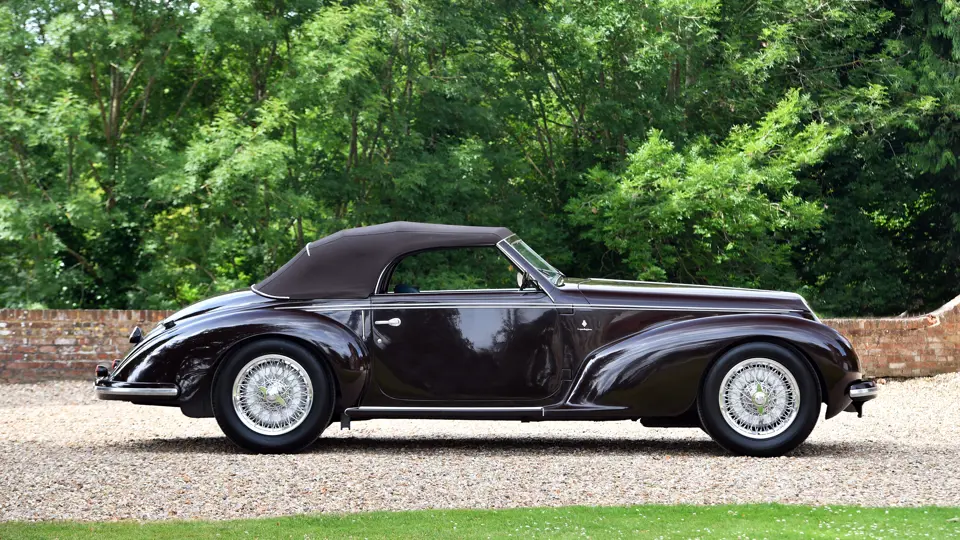

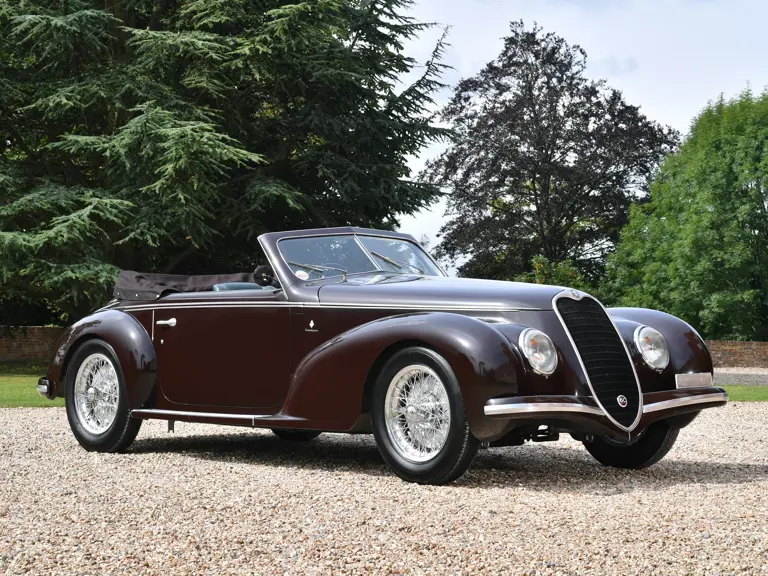
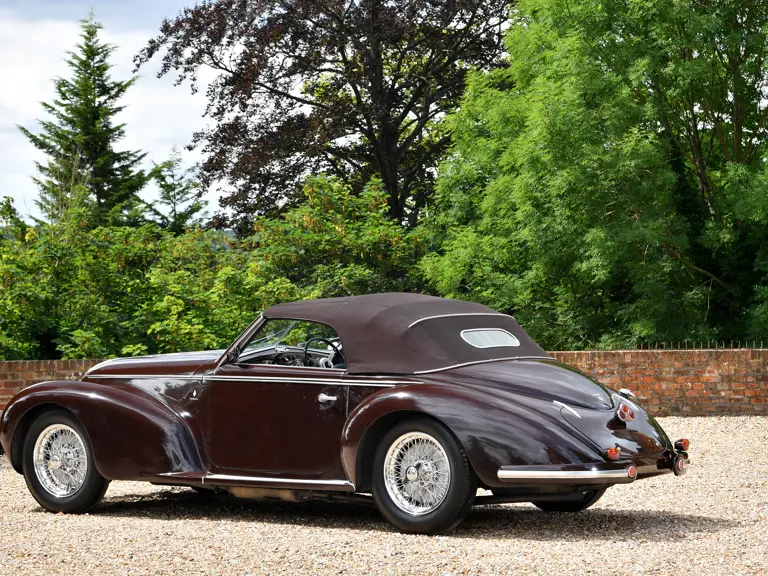

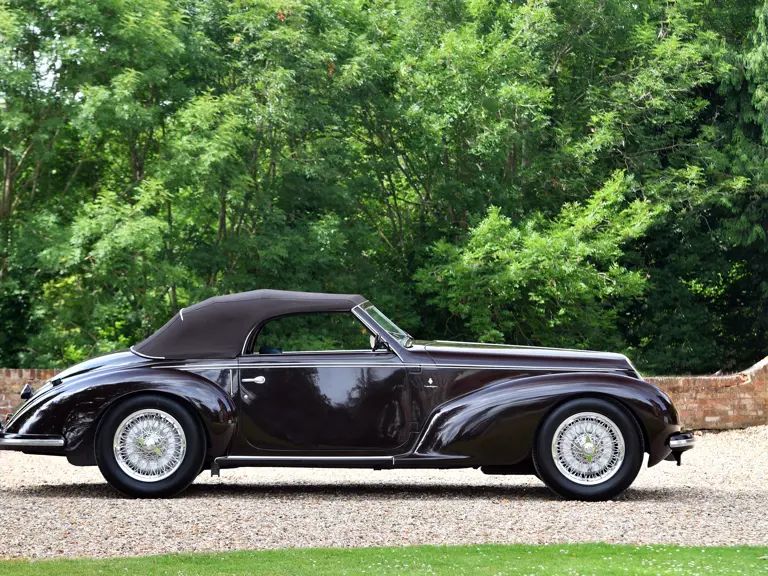



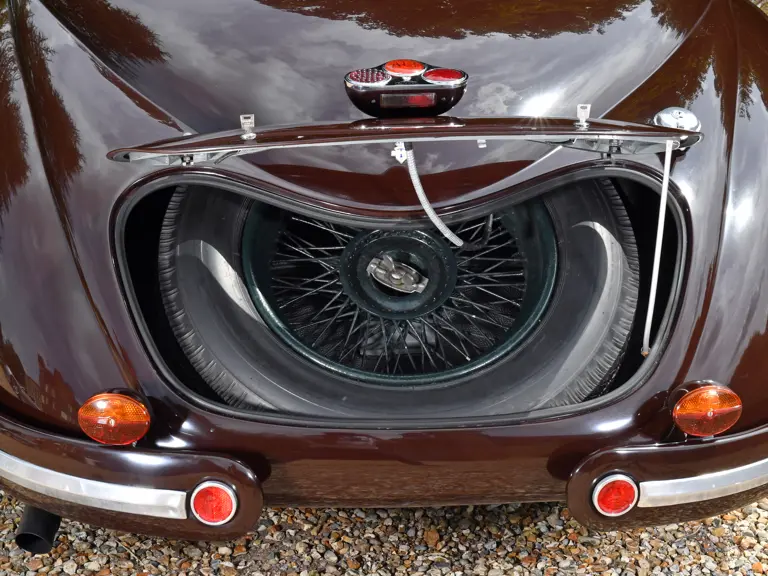
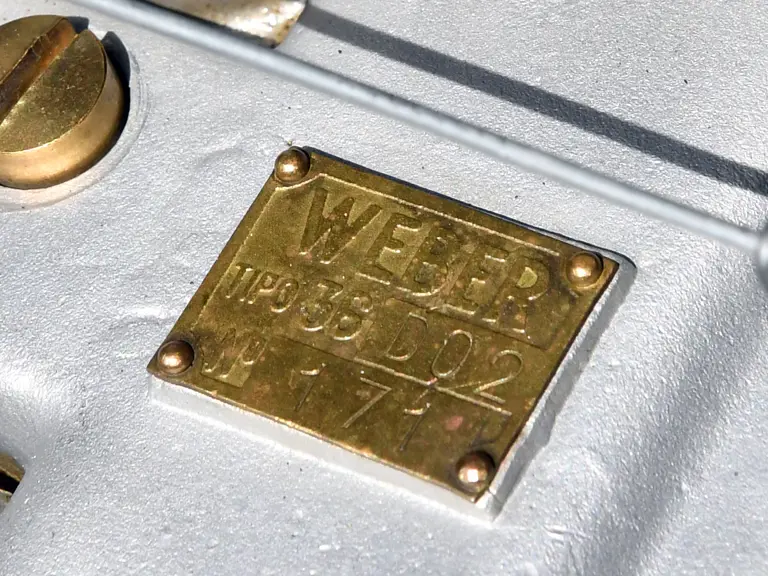
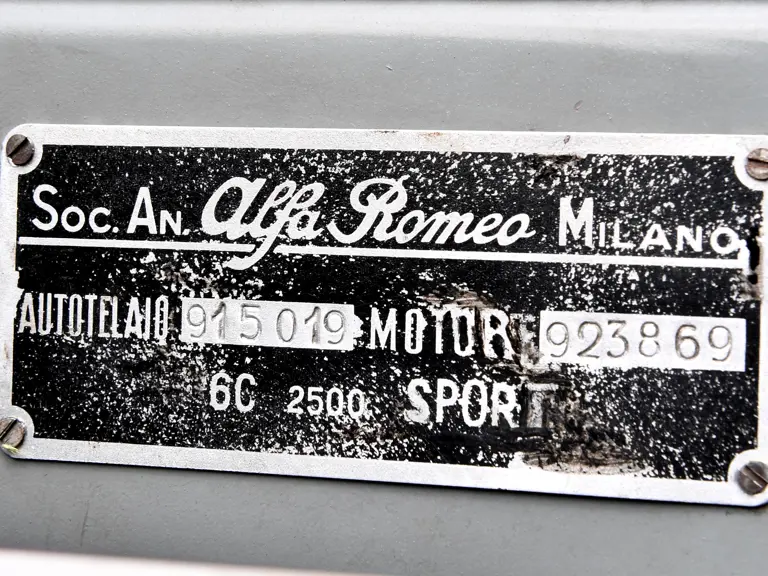
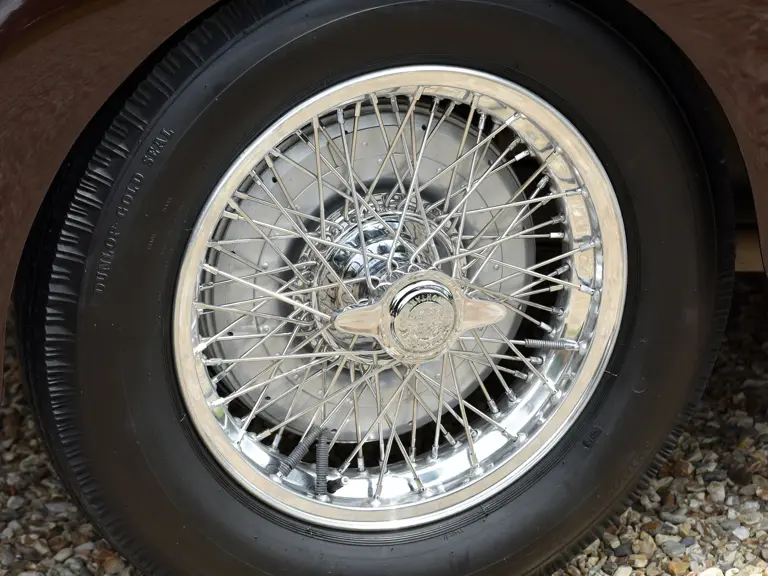
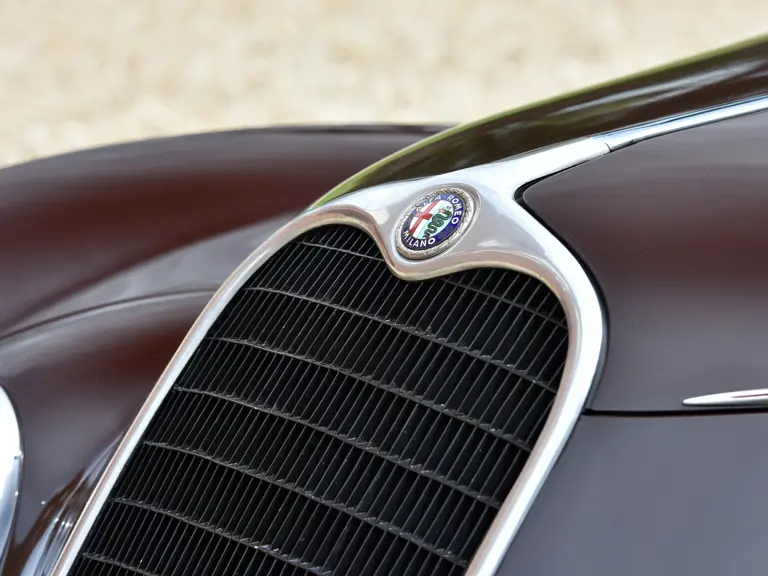
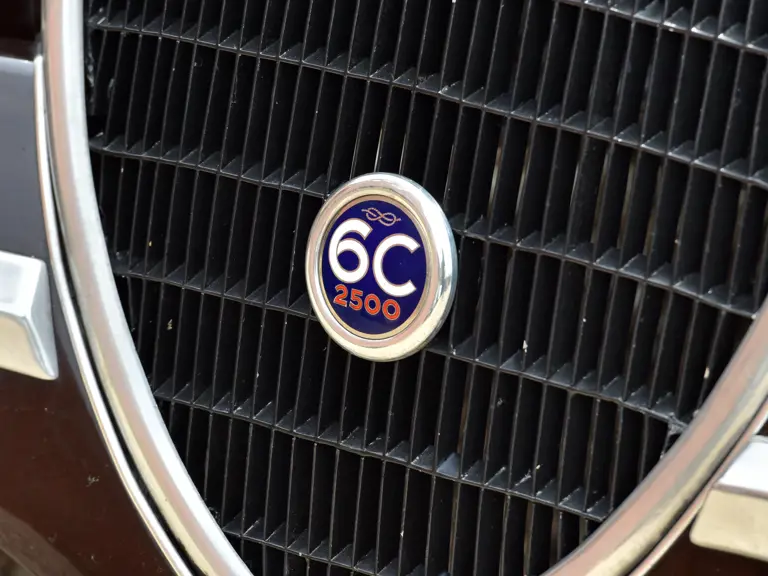
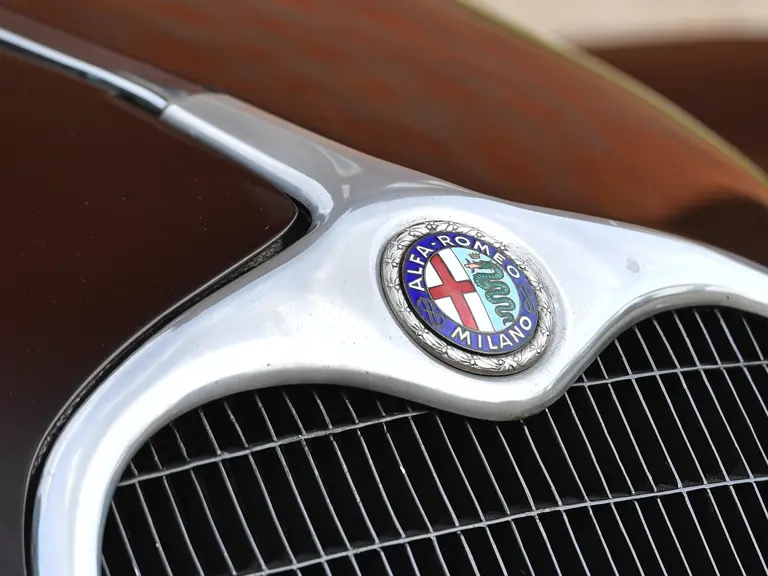
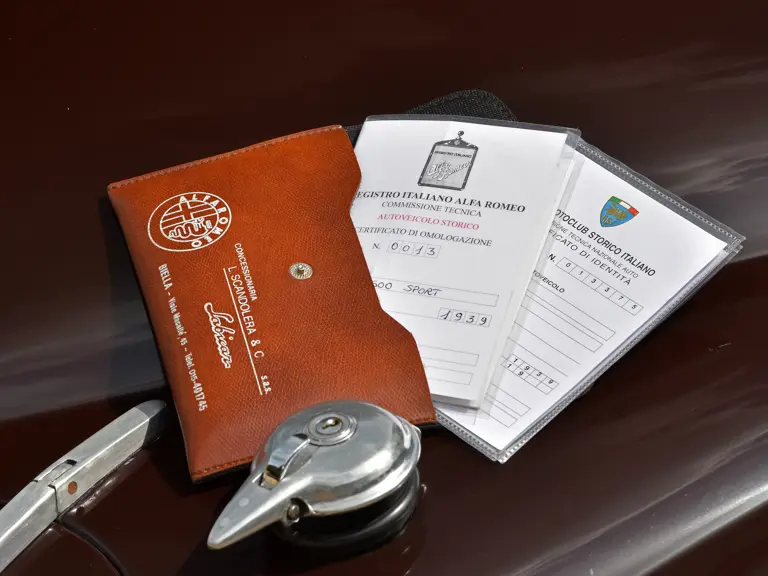

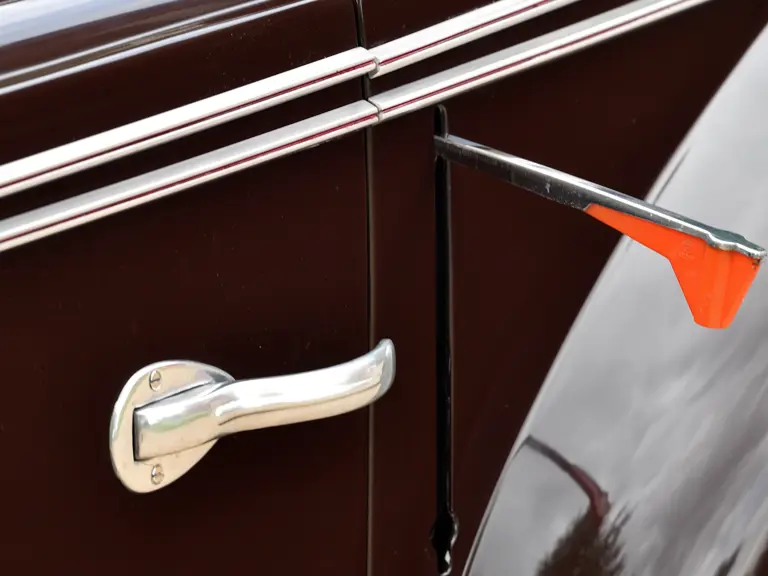
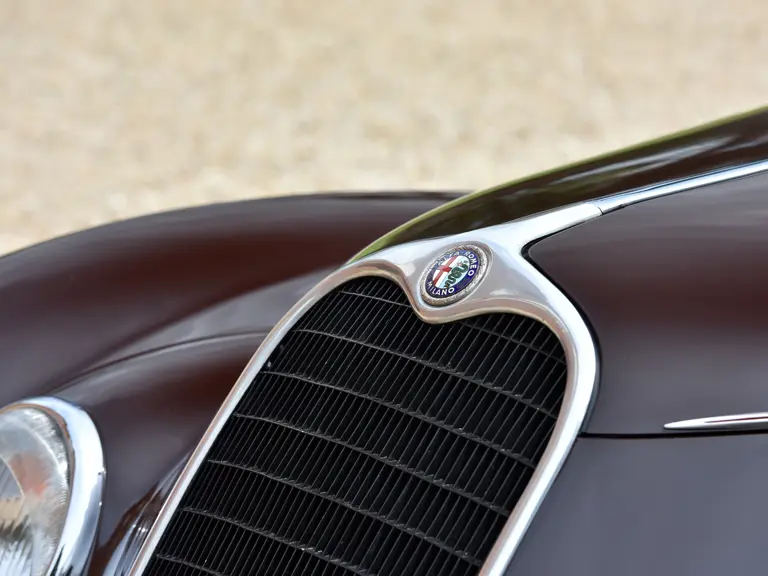

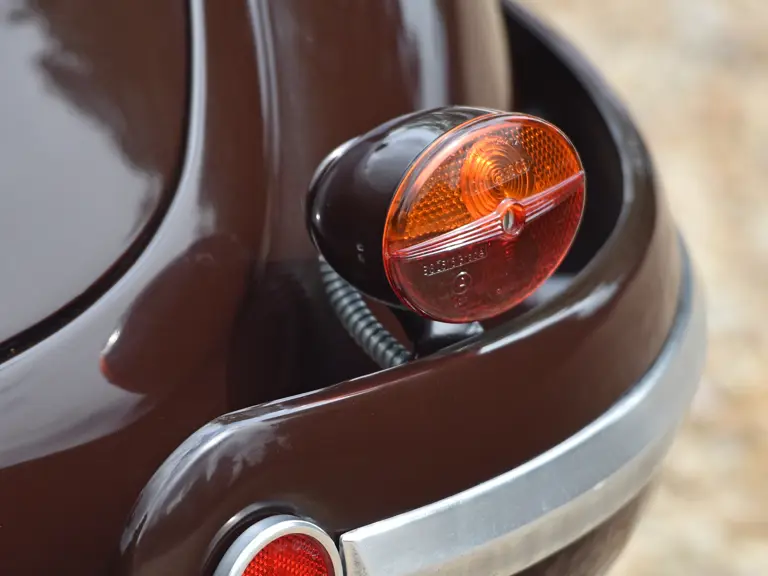
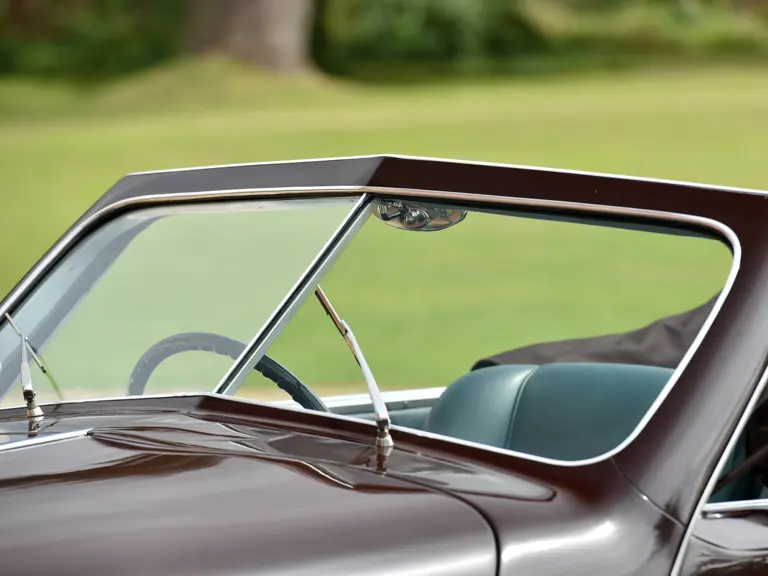

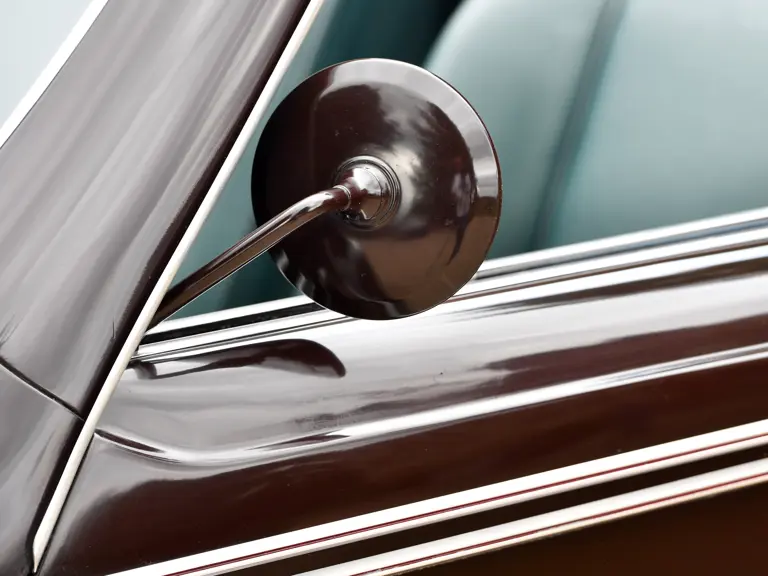
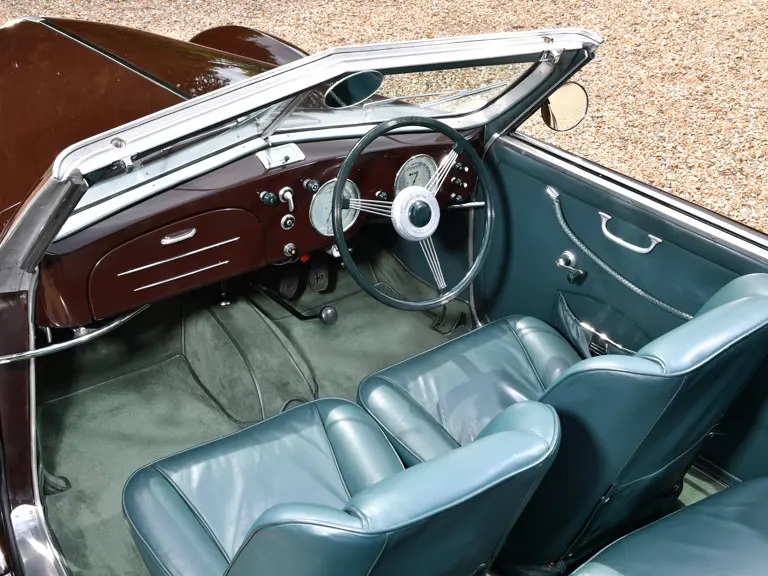


 | London, United Kingdom
| London, United Kingdom


